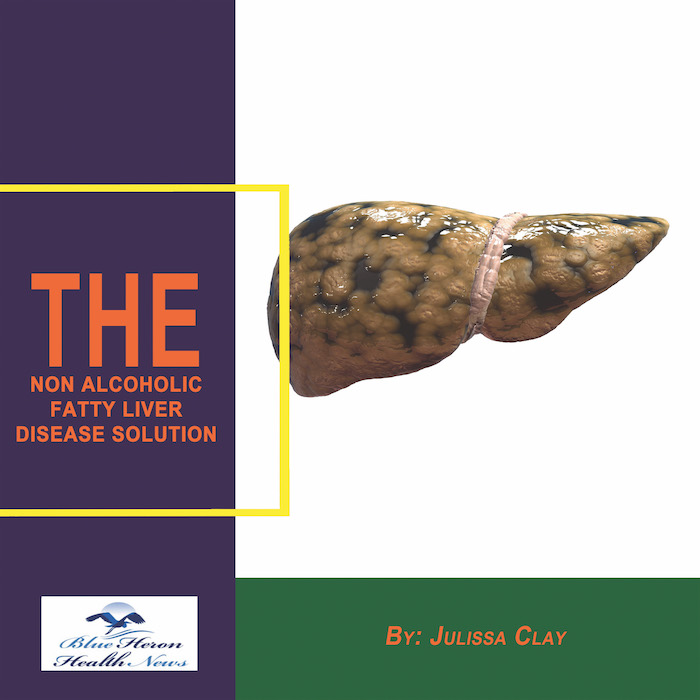
The Non Alcoholic Fatty Liver Strategy™ By Julissa Clay the program discussed in the eBook, Non Alcoholic Fatty Liver Strategy, has been designed to improve the health of your liver just by eliminating the factors and reversing the effects caused by your fatty liver. It has been made an easy-to-follow program by breaking it up into lists of recipes and stepwise instructions. Everyone can use this clinically proven program without any risk. You can claim your money back within 60 days if its results are not appealing to you.
What is the connection between fatty liver disease and thyroid disorders?
Fatty liver disease and thyroid disorders share a complex and often interconnected relationship. Here’s an overview of their connection:
1. Increased Risk of Fatty Liver Disease with Hypothyroidism
- Slowed Metabolism: Hypothyroidism (underactive thyroid) slows metabolism, leading to weight gain and lipid imbalances, which are risk factors for non-alcoholic fatty liver disease (NAFLD).
- Insulin Resistance: Hypothyroidism is associated with insulin resistance, a key driver of fatty liver disease.
- Lipid Abnormalities: Hypothyroidism often results in elevated levels of cholesterol and triglycerides, contributing to liver fat accumulation.
2. Inflammatory and Hormonal Mechanisms
- Low thyroid hormone levels can trigger inflammation and oxidative stress, both of which worsen liver health and promote fat accumulation in the liver.
3. Non-Alcoholic Steatohepatitis (NASH)
- Studies suggest that individuals with hypothyroidism are at an increased risk of developing NASH, the more severe form of NAFLD that includes inflammation and liver damage.
4. Hyperthyroidism’s Connection
- Hyperthyroidism (overactive thyroid) is less commonly linked to fatty liver disease but may contribute to liver dysfunction due to metabolic disruptions and increased fatty acid oxidation.
5. Autoimmune Overlap
- Autoimmune thyroid conditions, such as Hashimoto’s thyroiditis, are more common in individuals with metabolic syndrome, which is a major risk factor for NAFLD.
6. Thyroid Hormones and Liver Metabolism
- The liver plays a crucial role in converting inactive thyroid hormone (T4) to the active form (T3). Liver dysfunction can impair this conversion, exacerbating hypothyroid symptoms.
Clinical Recommendations
- Thyroid Function Testing: Regular screening for thyroid disorders in patients with NAFLD is advisable.
- Lifestyle Modifications: Weight loss, exercise, and a balanced diet are crucial for managing both conditions.
- Medical Management: Thyroid hormone replacement (like levothyroxine) may help improve metabolic markers and liver health in hypothyroid patients with fatty liver disease.
Would you like more information on lifestyle strategies or recent research linking these conditions?
Malnutrition can significantly impact the risk of developing fatty liver disease (FLD), despite its common association with overeating and obesity. Both under-nutrition and specific nutrient deficiencies can contribute to the development of FLD.
1. Protein-Energy Malnutrition (PEM)
- Liver Fat Accumulation: Inadequate protein intake impairs the production of lipoproteins required to transport fats out of the liver, leading to fat buildup.
- Kwashiorkor: A severe form of protein deficiency is often associated with fatty liver due to impaired fat metabolism.
2. Micronutrient Deficiencies
- Choline Deficiency: Choline is essential for fat metabolism and transport. A deficiency can lead to fat accumulation in the liver.
- Vitamin E Deficiency: Vitamin E is an antioxidant that protects liver cells from oxidative damage. Its deficiency may increase inflammation in fatty liver disease.
- Zinc Deficiency: Zinc plays a role in metabolic and antioxidant processes. Low zinc levels are linked to liver inflammation and fibrosis.
- Omega-3 Fatty Acid Deficiency: Lack of these essential fats contributes to insulin resistance and worsens liver fat accumulation.
3. Starvation and Rapid Weight Loss
- Mobilization of Free Fatty Acids (FFAs): Starvation leads to the release of large amounts of FFAs from adipose tissue, which are taken up by the liver, promoting fat accumulation.
- Ketosis: Prolonged fasting can alter liver metabolism, increasing susceptibility to fat deposition and oxidative stress.
4. Malabsorption Syndromes
Conditions like celiac disease, Crohn’s disease, or surgical interventions (e.g., gastric bypass) can lead to malabsorption of key nutrients, increasing the risk of FLD.
5. Alcohol-Related Malnutrition
Chronic alcohol consumption often leads to malnutrition and fatty liver disease by impairing nutrient absorption and metabolism.
6. Sarcopenia (Loss of Muscle Mass)
- Malnutrition-associated sarcopenia exacerbates insulin resistance and promotes liver fat accumulation.
Management Strategies
- Balanced Diet: Ensure adequate intake of proteins, healthy fats, and micronutrients (especially choline and vitamin E).
- Nutritional Supplements: May be necessary for correcting specific deficiencies.
- Gradual Weight Loss: Avoid extreme caloric restriction to prevent liver fat mobilization.
Would you like guidance on a specific diet plan or recent research on malnutrition and liver health?
The Non Alcoholic Fatty Liver Strategy™ By Julissa Clay the program discussed in the eBook, Non Alcoholic Fatty Liver Strategy, has been designed to improve the health of your liver just by eliminating the factors and reversing the effects caused by your fatty liver. It has been made an easy-to-follow program by breaking it up into lists of recipes and stepwise instructions. Everyone can use this clinically proven program without any risk. You can claim your money back within 60 days if its results are not appealing to you